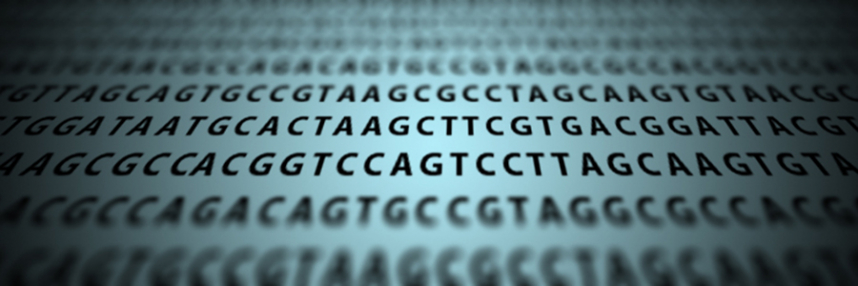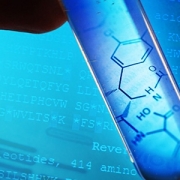Prospects for an artificial human genome project
Could synthetic biology provide the next chapter in our ‘understanding of the blueprint of life’?
The mapping of the human genome has opened up the potential to yield amazing possibilities for health, the environment and numerous industries – and also for the creation of synthetic life. However, some have ethical concerns, and recent discussions in the US have now placed this provocative issue in the spotlight.
Bacteria to seek and destroy
Synthetic biology has emerged from rapid progress in our understanding of genomics, being the synthesis or redesign (engineering) of biological systems – typically bacteria as they are small and easy to grow. It has a wide range of applications, such as using specially designed bacteria to create biofuels, or to clear up environmental contaminants.
In health terms, possible future uses include designing bacteria to selectively invade and kill cancer cells, or protect the body against dangerous infections. Synthetic cells can already be used as an efficient way to produce antibiotics, including badly-needed new forms of antibiotic, and other medicines.
Creating genomes – from scratch
The American J. Craig Venter Institute (JCVI) has been pursuing synthetic biology with enthusiasm; Craig Venter is famous for leading the private commercial project to sequence the first full human genome that ran in parallel with the public Human Genome Project. The first entirely synthetic bacterial cell (as opposed to altered versions of naturally occurring bacteria) was produced in 2010.
Earlier this year, the JCVI announced that they had produced the first ‘minimal’ synthetic bacterial genome with the absolute minimum number of genes needed for life – 473, although the functions of 149 of these genes remain undetermined. The artificial bacteria were not exactly created from scratch; artificial genomes were inserted into the ‘shell’ or outside of existing bacteria, but the resulting artificial bacteria were able to grow and reproduce themselves.
The first synthetic genome was hailed as a scientific landmark, but it also provoked concern and debate, since it was effectively the creation of a new living lifeform (if only a very small one). Was this playing God? Could the same techniques be used to create dangerous infectious biological weapons? To the researchers, it was an important step towards the minimal genome bacterium achieved this year, but now it seems that it may also have been a further step towards the creation of a synthetic human genome.
Moving beyond bacteria
This month, a group of scientists met with government representatives, legal experts and others at Harvard in the US to discuss topics in synthetic biology – including prospects for an international project to create an artificial human genome as the next chapter in our understanding of the blueprint of life. What they dubbed the Human Genome Project 2.0 was intended to be achievable within ten years. The meeting was intended to be secret, to prevent a press furore over the subject matter – but as news leaked out, the secrecy has become part of the story.
However, even aside from stinging criticism from ethicists and others about the advisability of such a plan, the technical barriers would be significant. Despite the potential of new and much easier techniques for gene editing, the human genome is vast and infinitely more complicated in structure and function compared with that of bacteria, even though both are made from the same basic DNA.
When asked in 2013 whether synthetic biologists would ever contemplate radical alteration of other lifeforms, perhaps even humans, Venter himself said: “As we move from relatively simple bacteria to ones with larger genomes, the complexity goes up enormously. So I don’t think anybody is going to make synthetic humans any time soon.”
–









